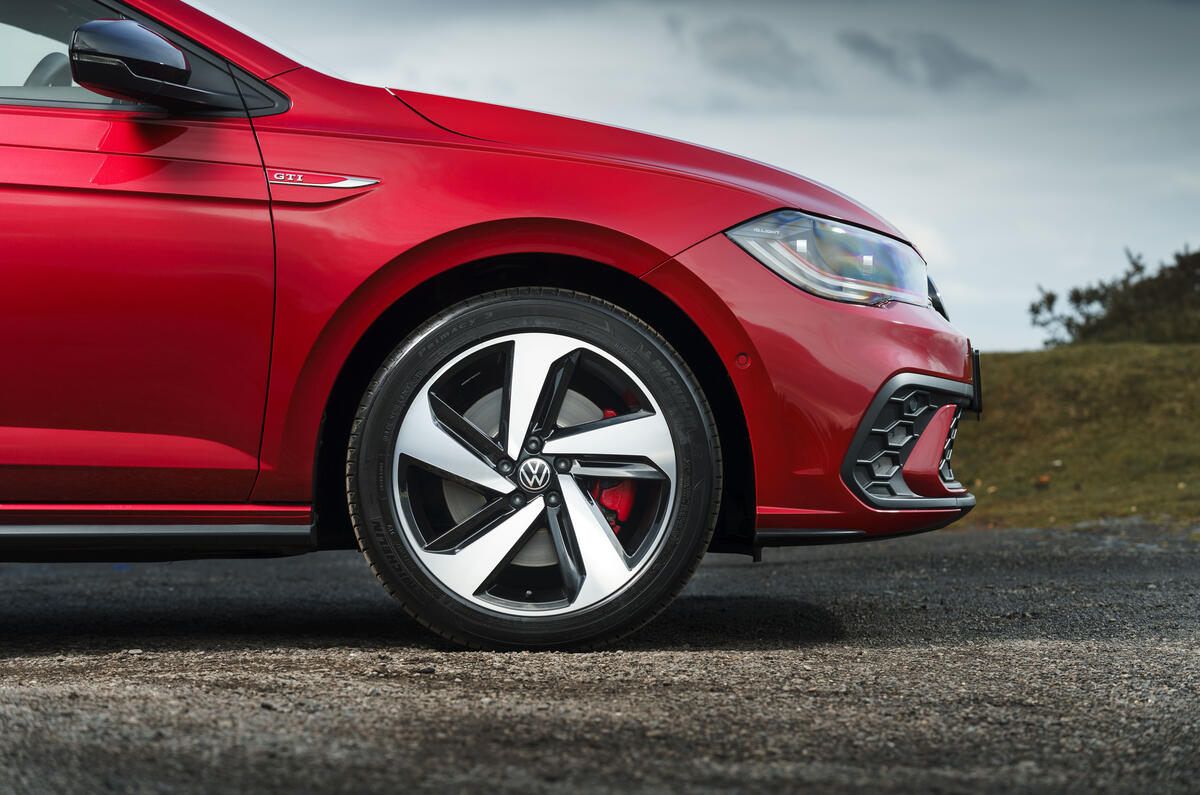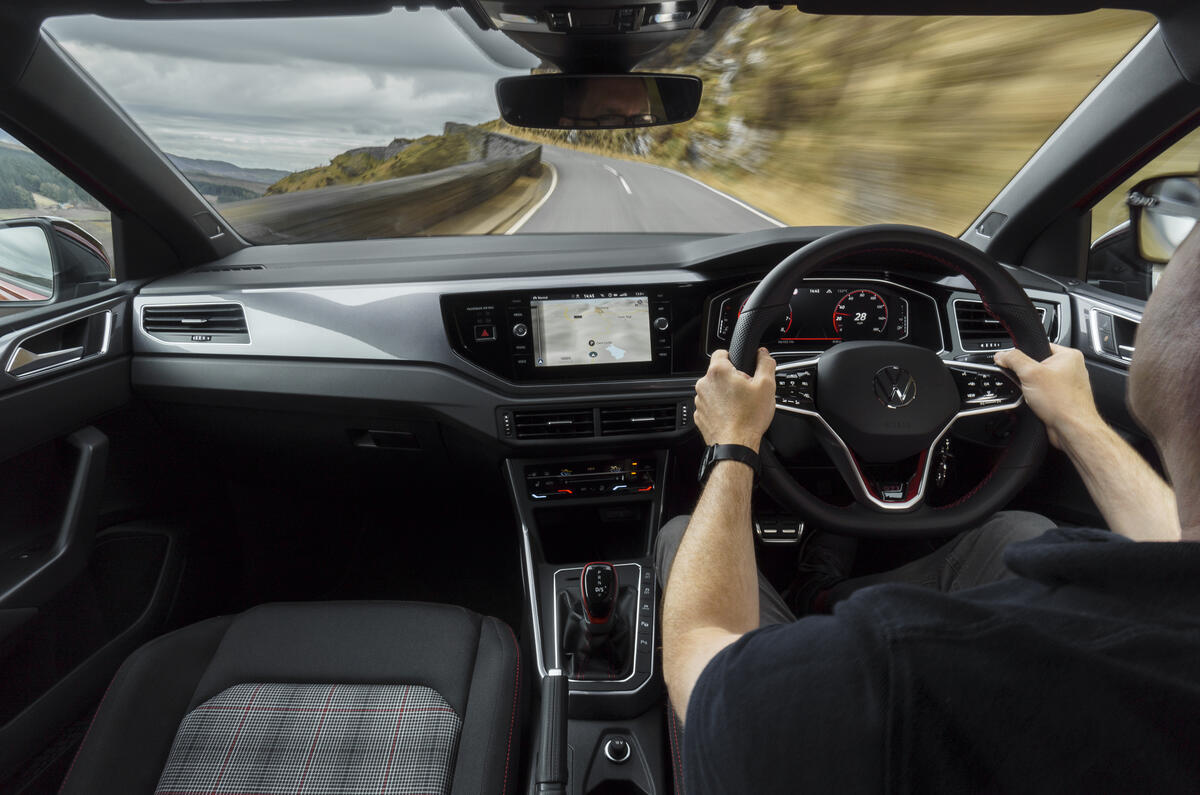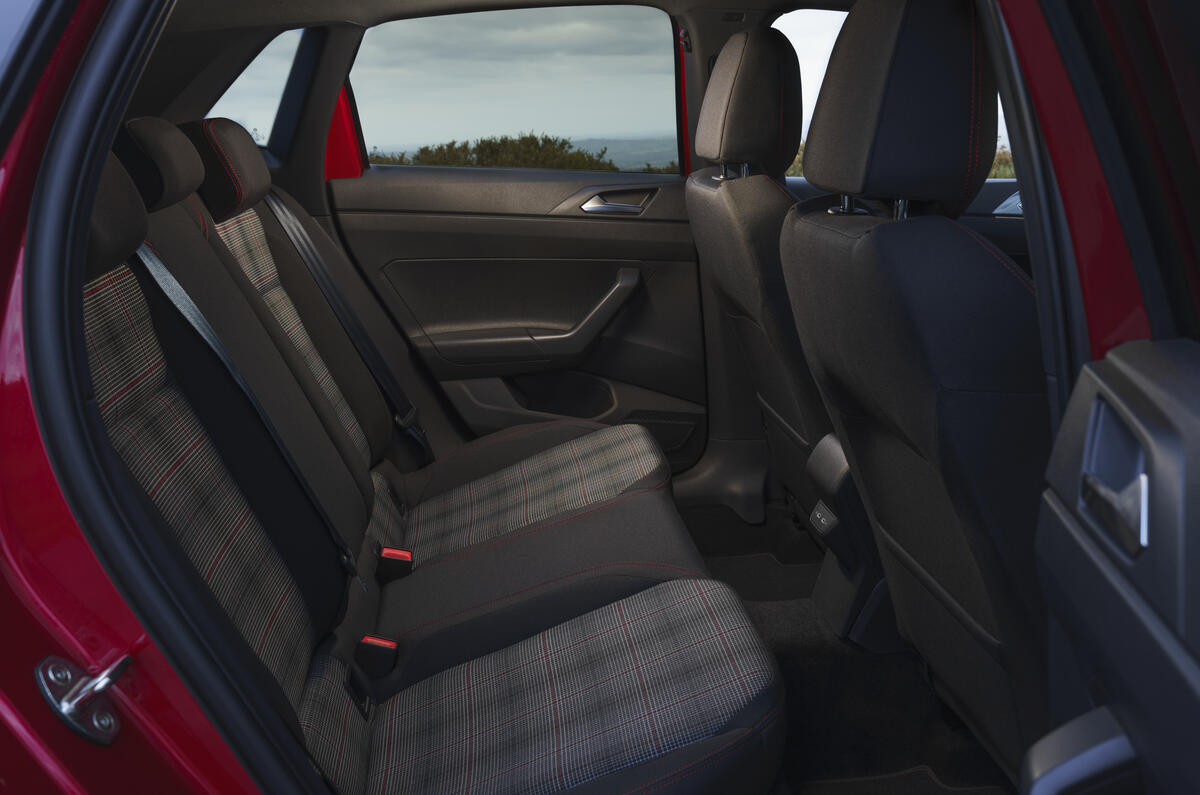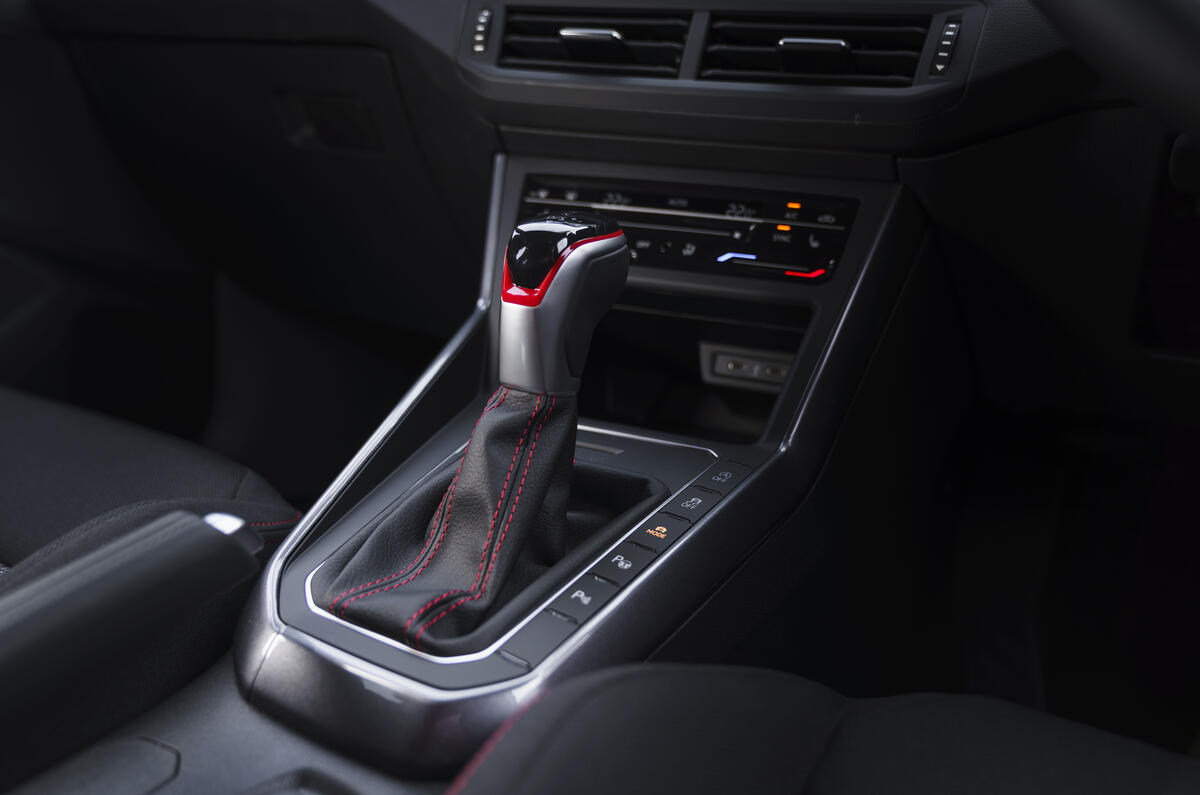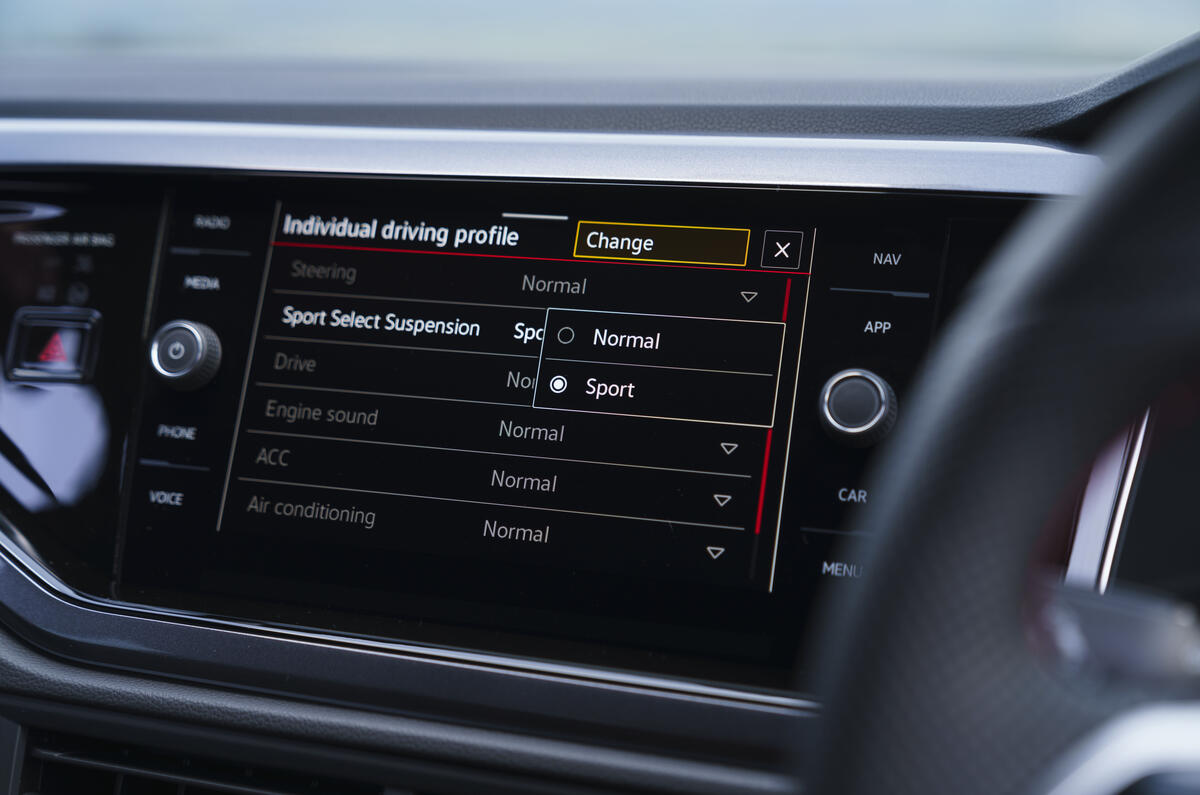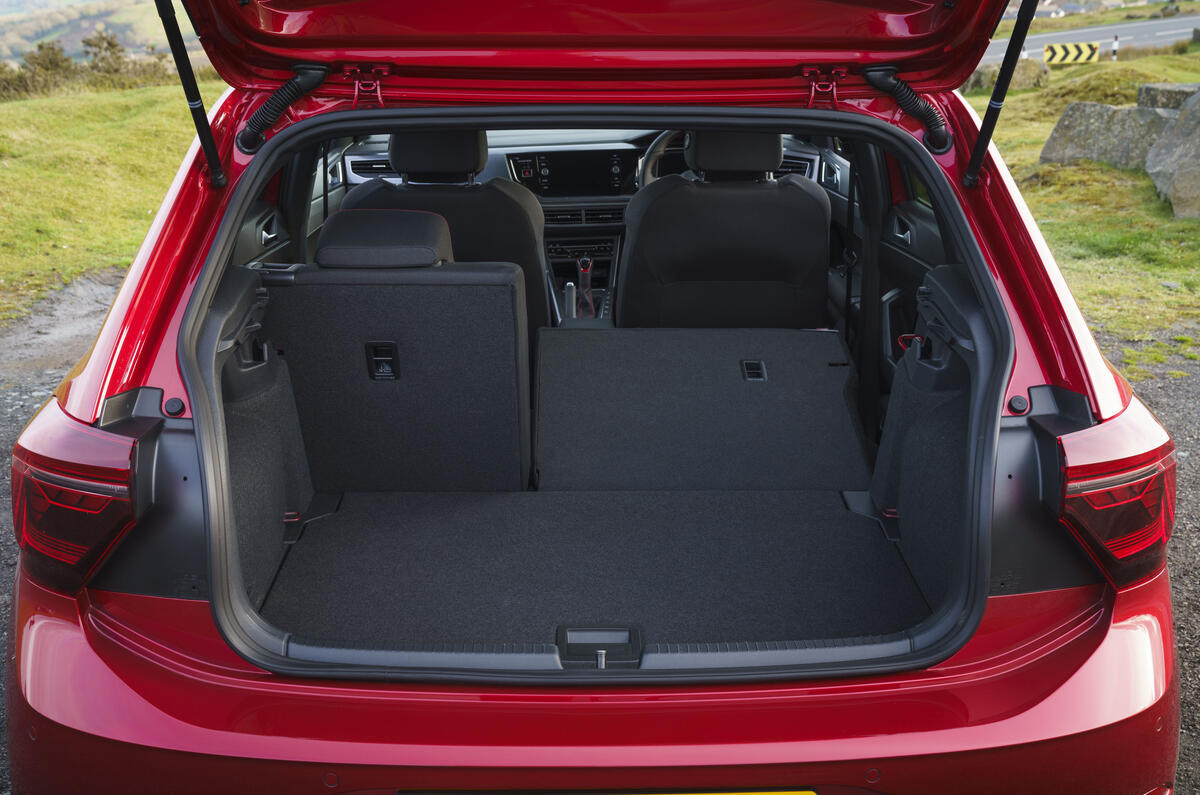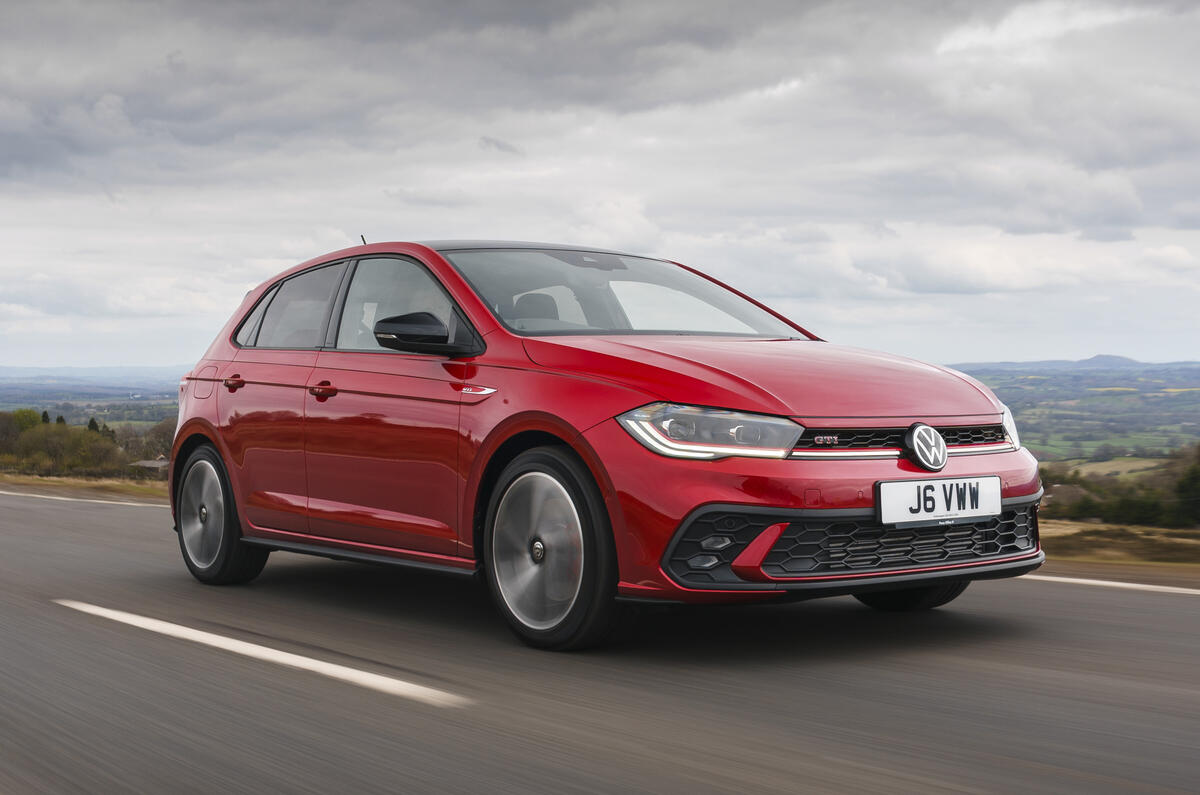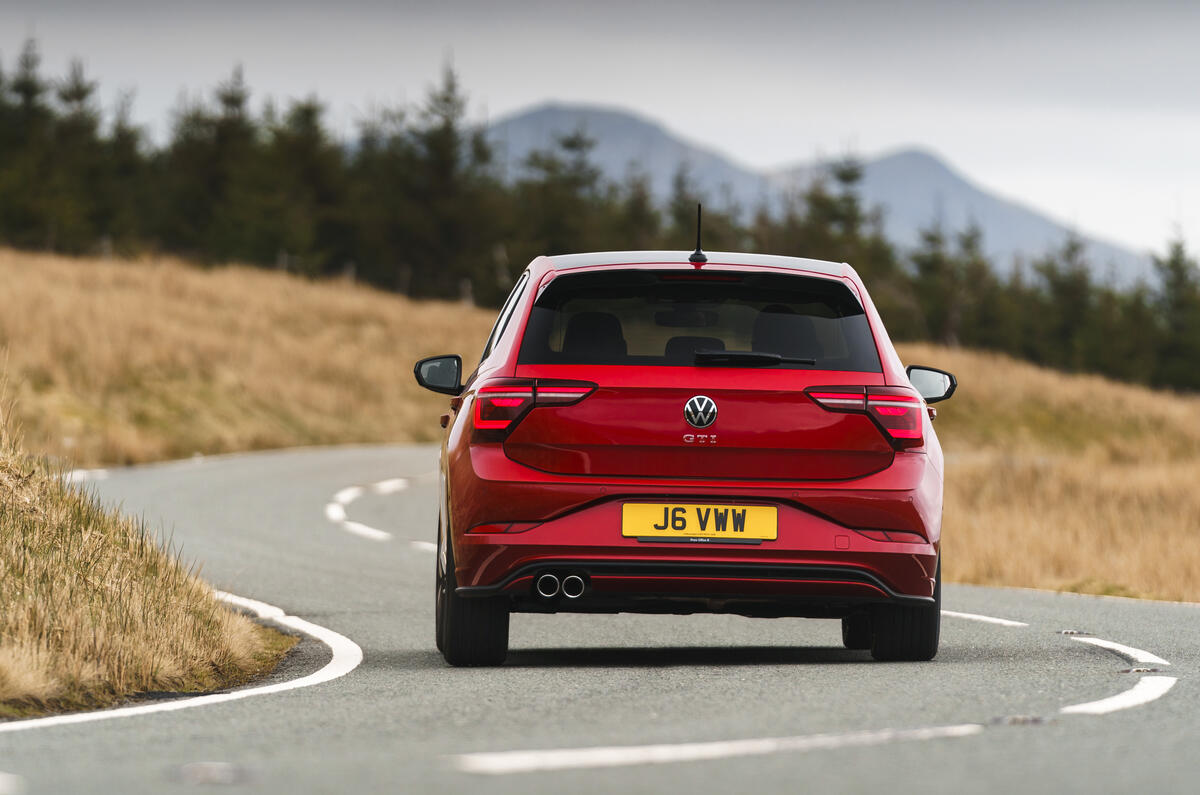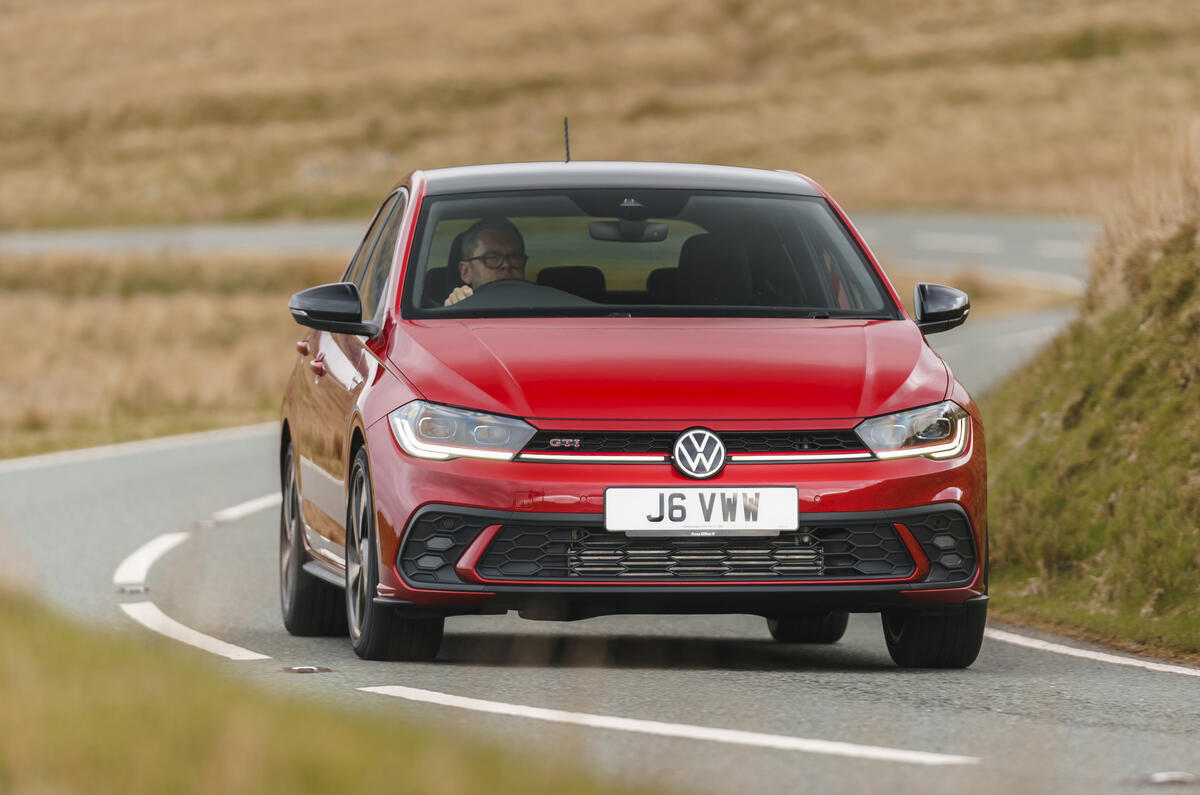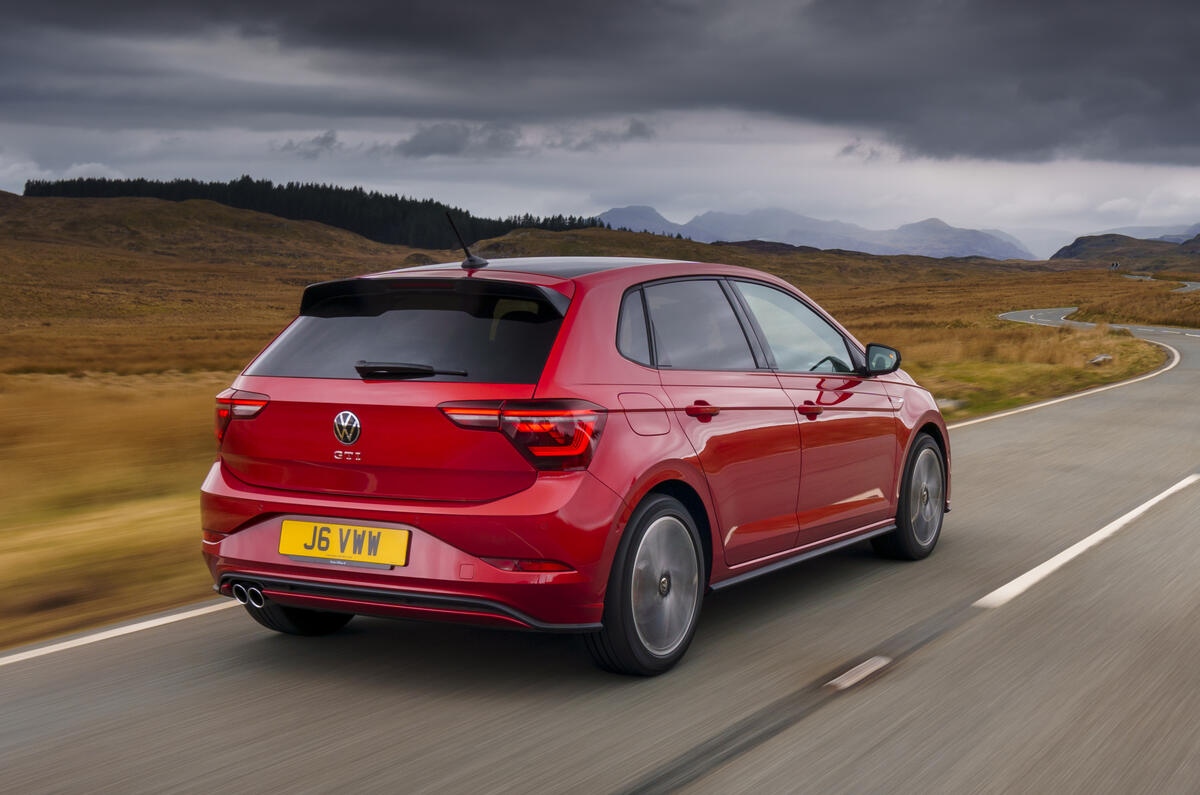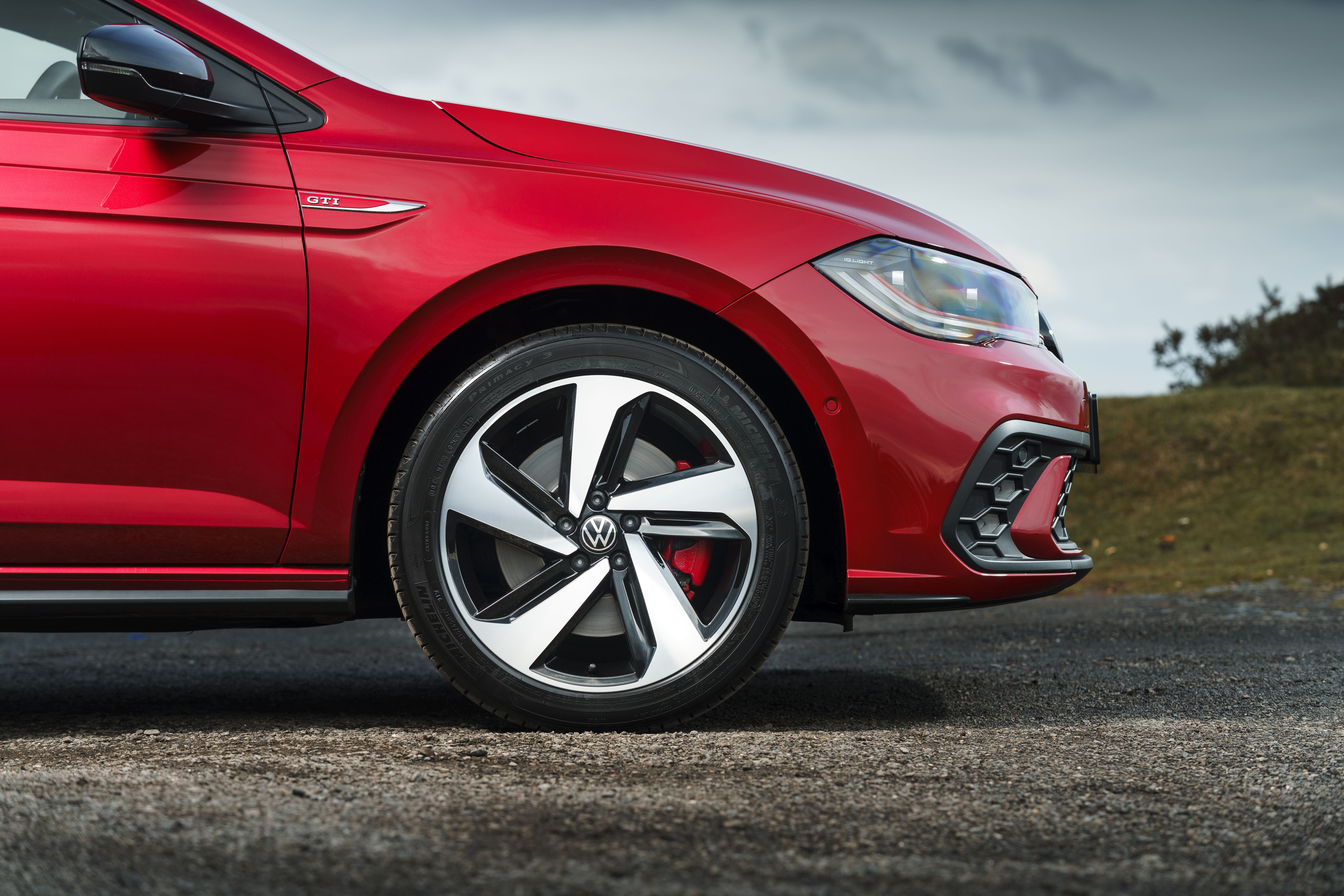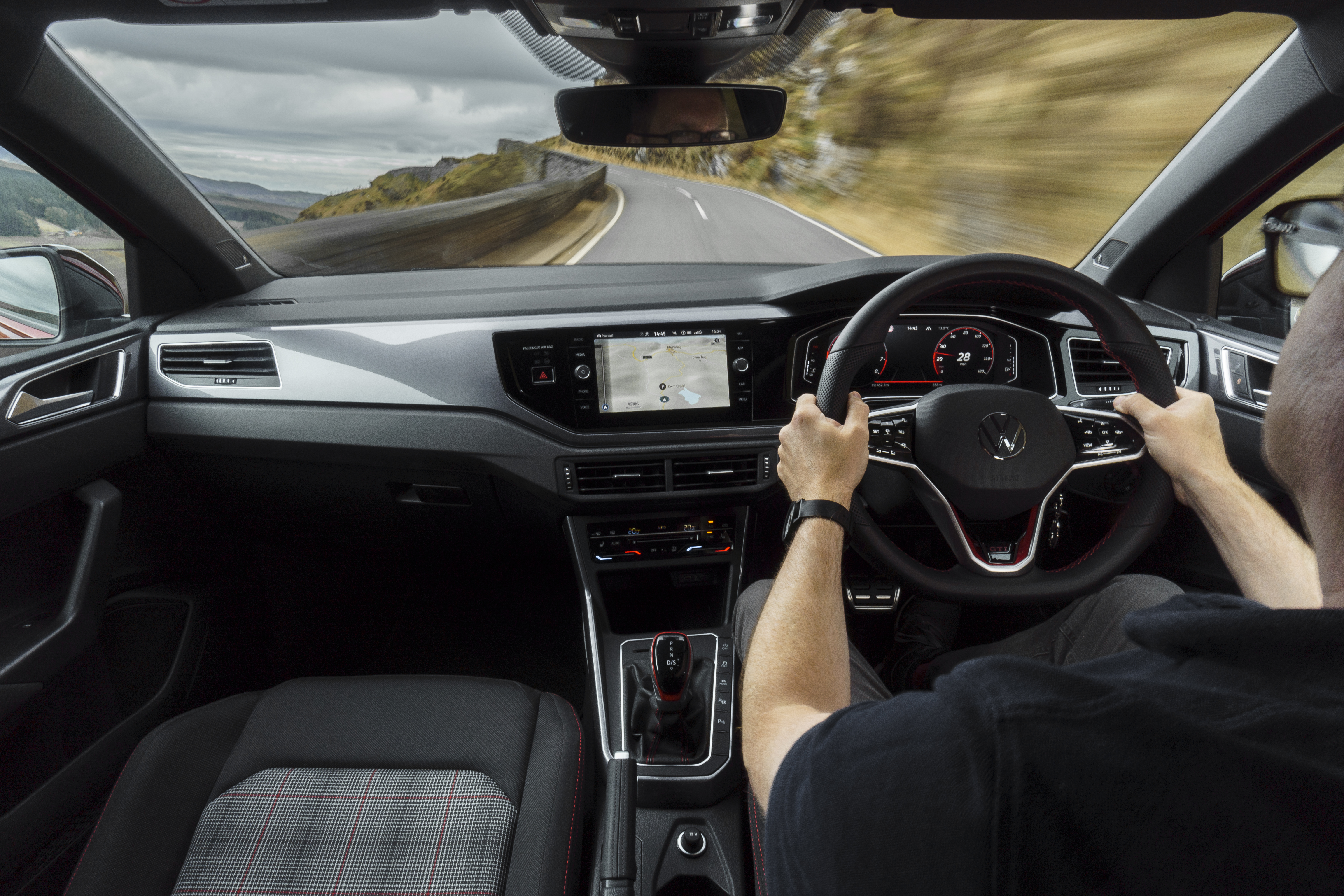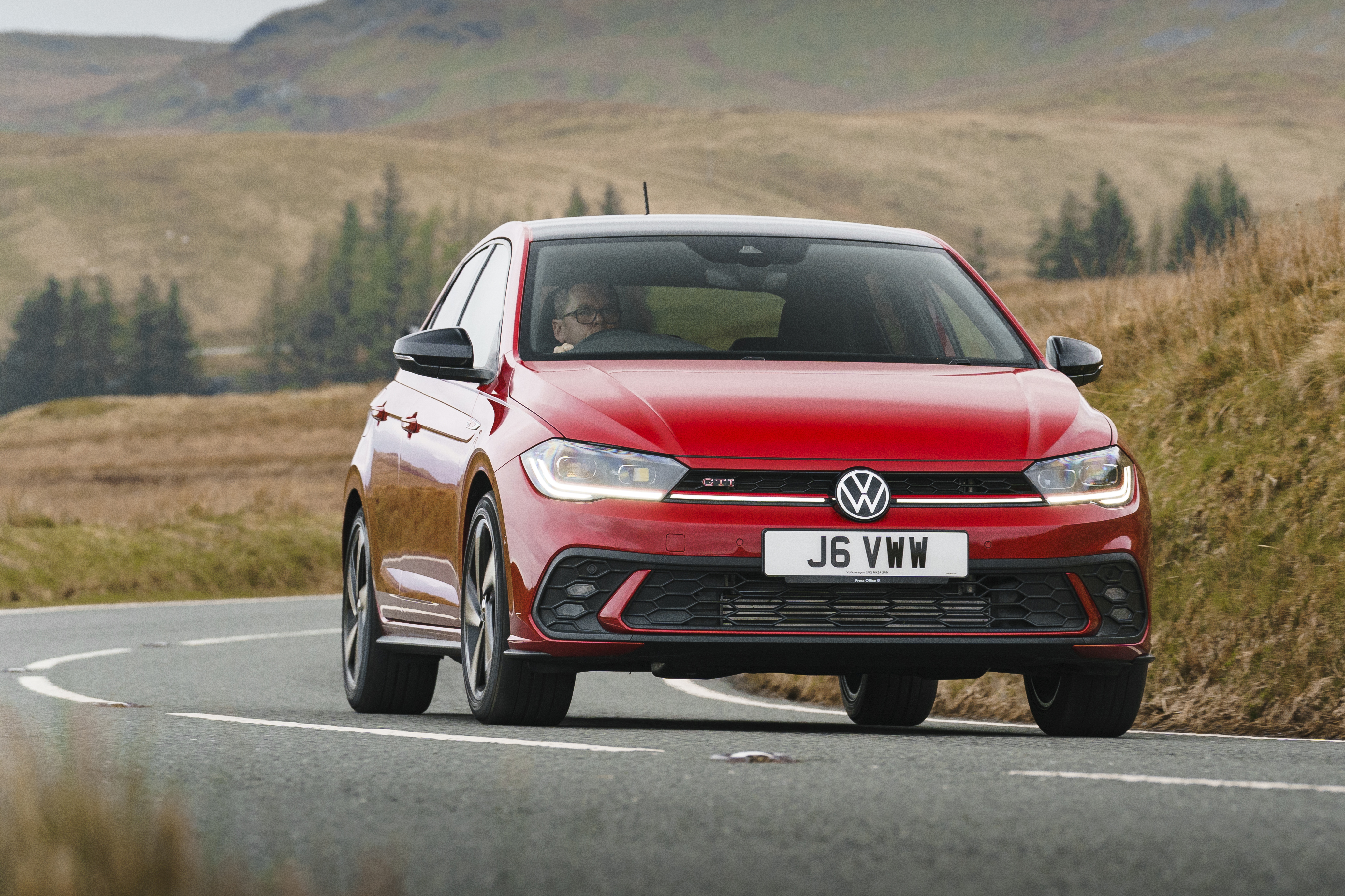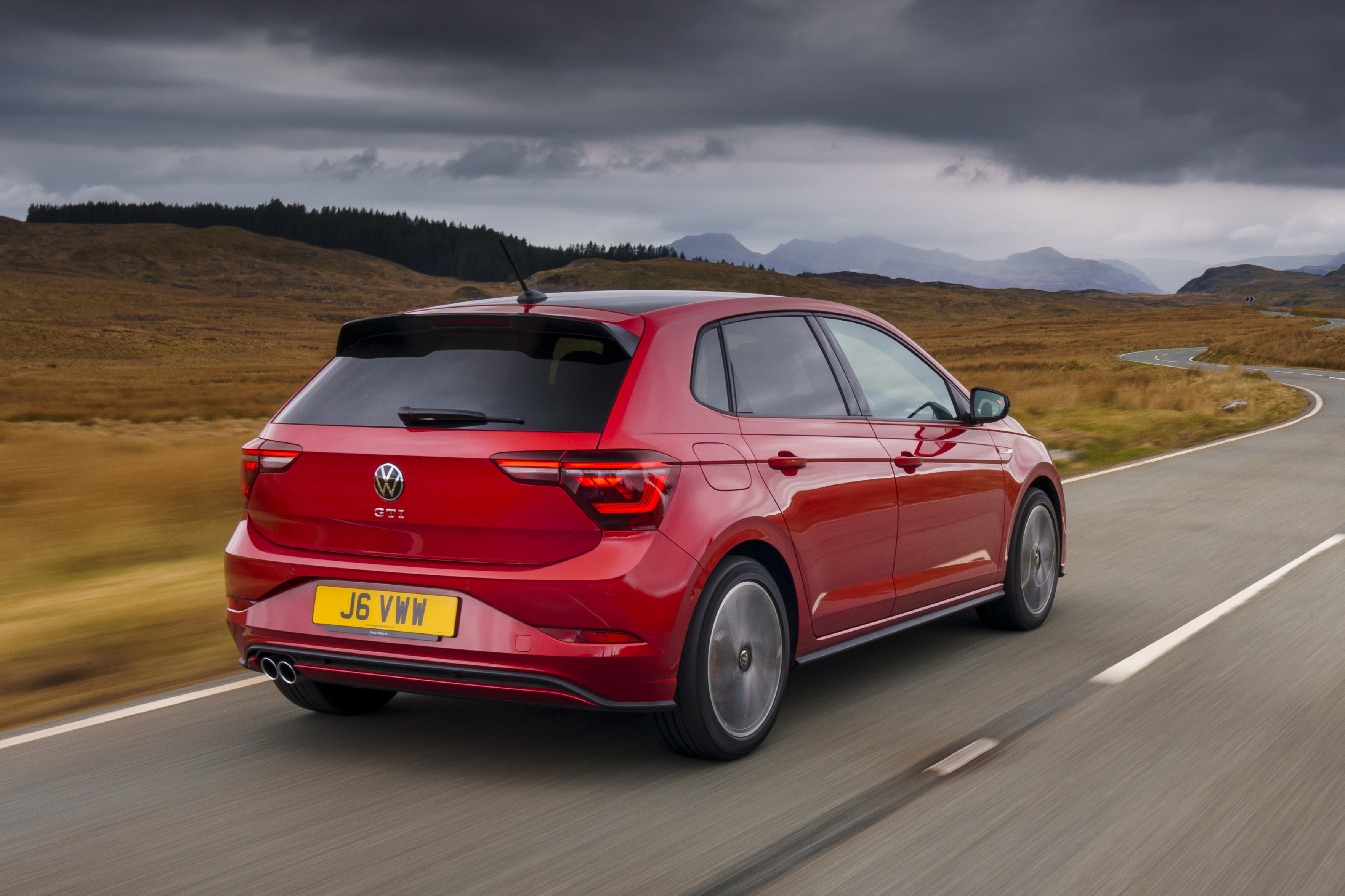The forces of electrification and SUV fever have colluded to erode the traditional hatch class to the extent that there are now just two such cars standing: the Mini JCW and the Volkswagen Polo GTI.
These two stubborn holdouts are quite different from one another, though: whereas the Mini is ostensibly an all-new model, the Polo GTI is hardly any different from how it was seven years ago.
At launch in 2018, the hot version of the sixth-generation Polo had a 2.0-litre four-cylinder turbo petrol engine sending 197bhp and 236lb ft of torque to the front axle through a seven-speed dual-clutch automatic gearbox.
Today it has the exact same powertrain, except it makes an additional seven horses for a 0-62mph time of 6.5sec, the minor uplift having occurred when the car was facelifted (in kind with all Polo variants) back in 2021.
That update also brought revised looks (to bring the Polo into line with the newer Golf) and improved interior technology.
Nevertheless, in the context of a Volkswagen showroom in 2025, the Polo GTI is something of a throwback.
As we all know, some throwbacks are bad and some throwbacks are good. Into which category does this hot hatch fall, then? Read on to find out.




